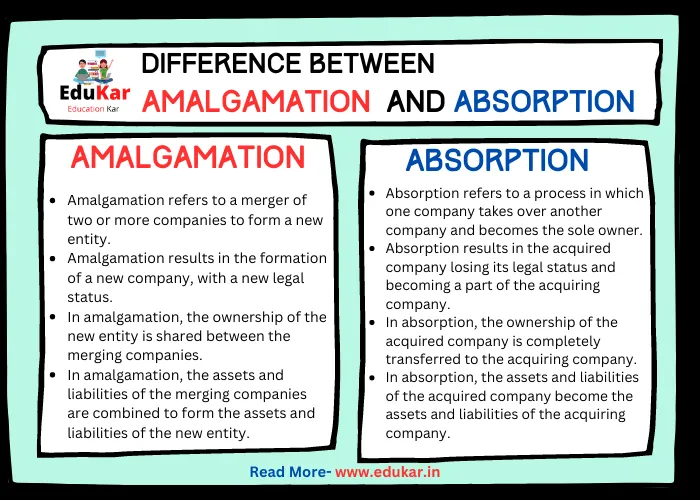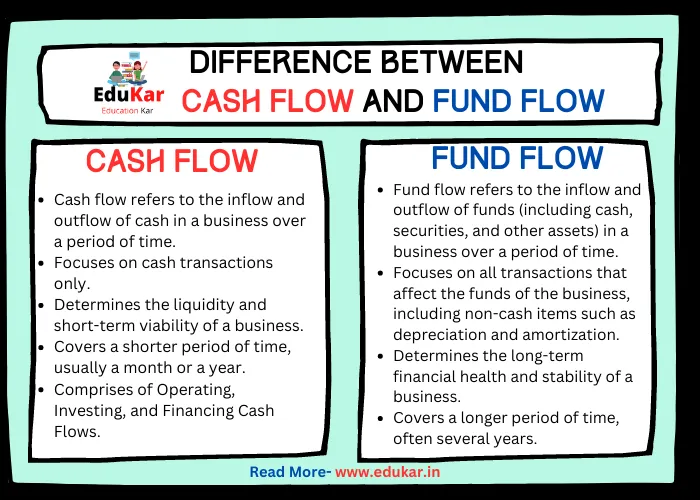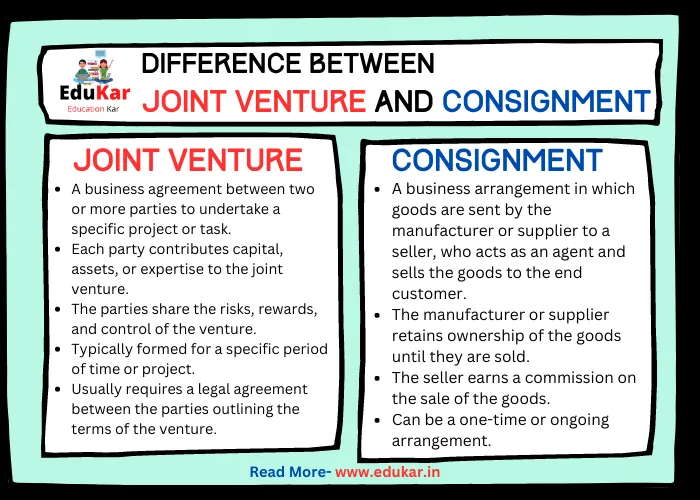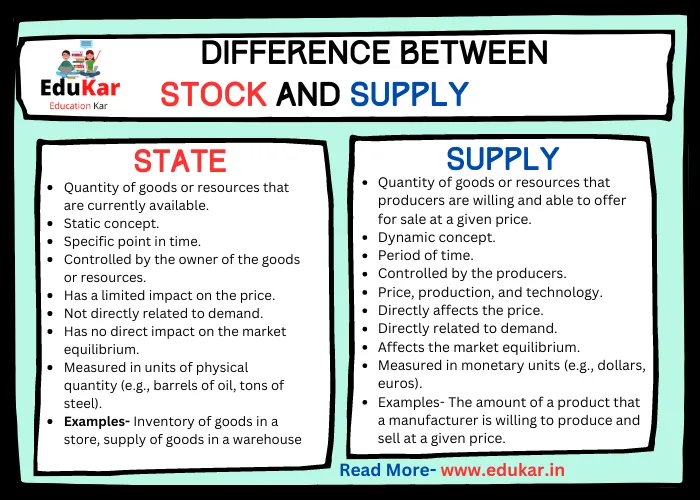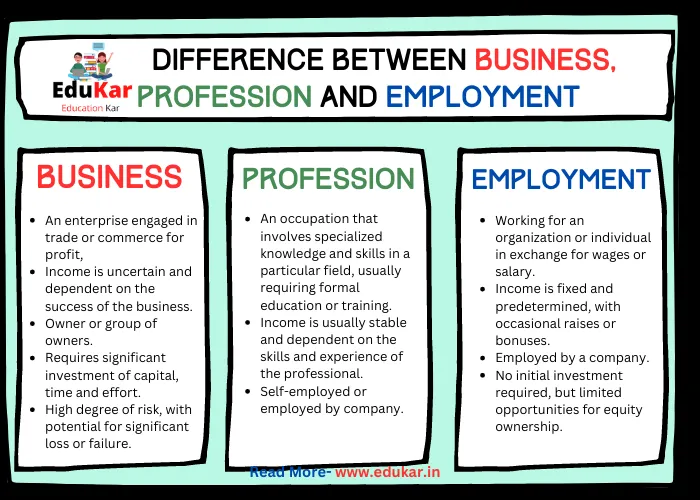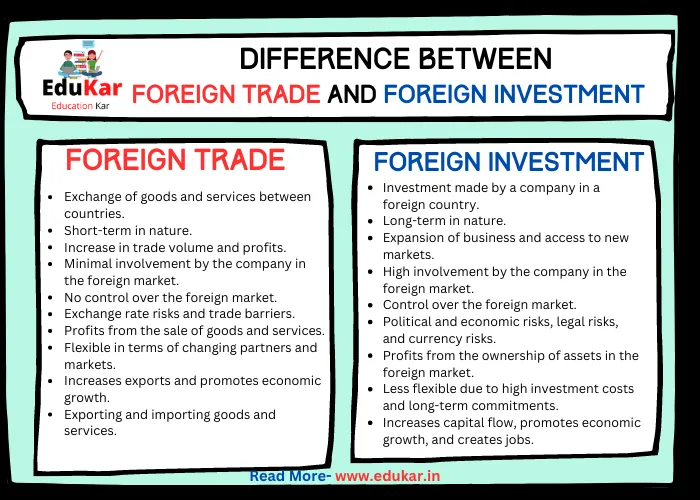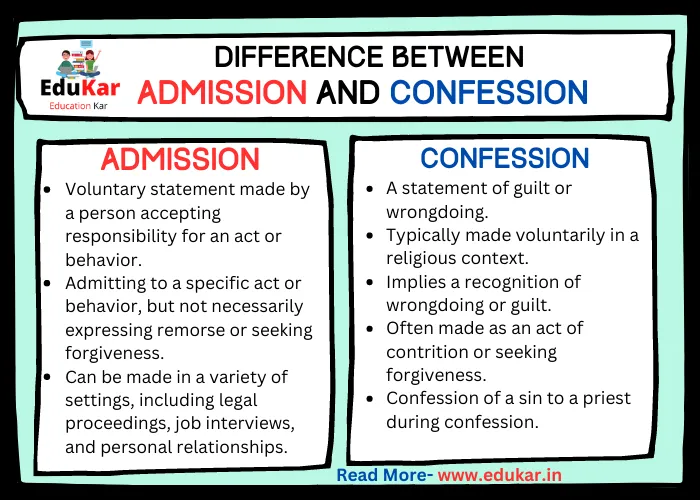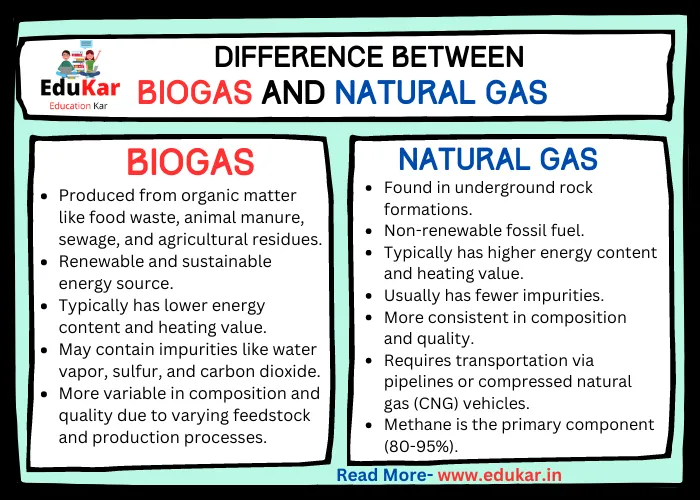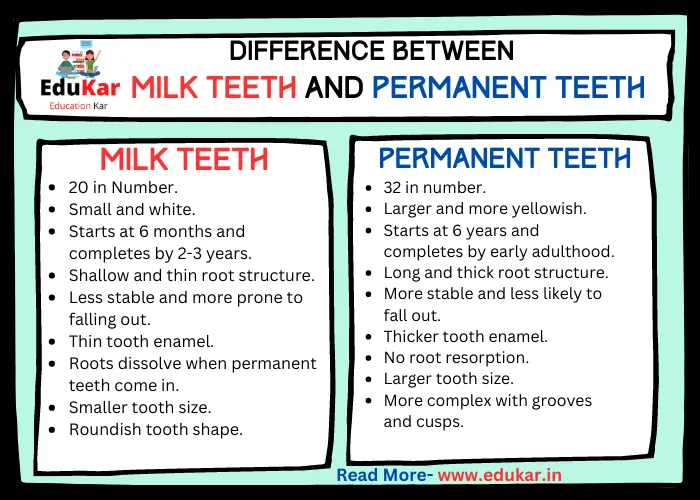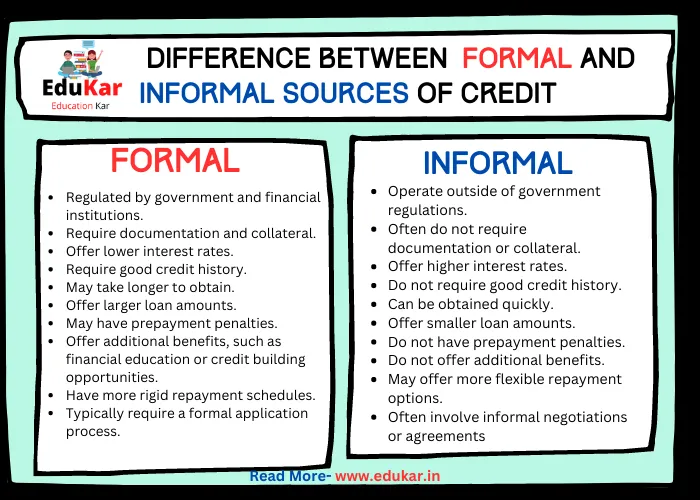Contents
The article by Edukar describes the key differences between cost control and cost reduction, two important strategies for managing expenses in a business setting.
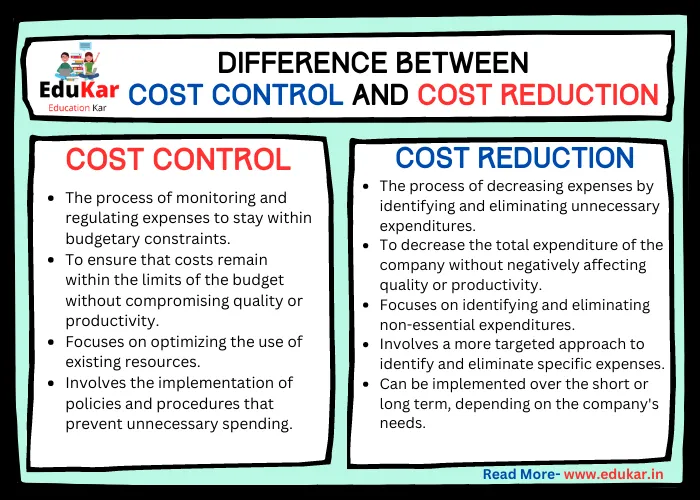
Introduction
Cost management is a crucial aspect of any business. Companies need to manage their costs effectively to achieve financial goals, remain competitive, and grow. Two common cost management techniques are cost control and cost reduction. These techniques are often used interchangeably, but they have different objectives and approaches.
Cost Control
Cost control is a technique used to manage and monitor costs within a business. It involves ensuring that costs stay within the budgeted amounts and that resources are used efficiently. The objective of cost control is to maintain the status quo and avoid overspending. Cost control is essential in businesses with fixed budgets, where any increase in costs can impact profitability.
Also Read: Difference Between E-Commerce and E-Business
Tools and techniques used in cost control
Tools and techniques used in cost control are:
- Budgeting: Setting and monitoring budgets to ensure that expenses do not exceed planned amounts.
- Forecasting: Predicting future expenses and revenues to make informed decisions about cost control.
- Variance analysis: Comparing actual costs with budgeted costs to identify any significant deviations.
- Standard costing: Using predetermined standards to measure and control costs.
- Inventory management: Managing inventory levels to reduce the cost of holding inventory.
Advantages of cost control
- Maintaining financial stability: By controlling costs, companies can ensure that they do not exceed their budgets and maintain financial stability.
- Improved efficiency: Cost control techniques help businesses to identify areas where resources are being used inefficiently, enabling them to improve processes and reduce costs.
- Better decision-making: With a clear understanding of costs, businesses can make better decisions about resource allocation and investments.
Disadvantages of cost control
- Limited focus: Cost control may focus solely on reducing costs and may not consider factors such as quality, customer satisfaction, or long-term growth.
- Lack of innovation: Cost control may discourage innovation, as it may require additional resources and investment.
- Potential for underinvestment: Cost control may lead to underinvestment in areas such as research and development, which can affect long-term growth.
Cost Reduction
Cost reduction is a technique used to reduce costs in a business. It involves identifying areas where costs can be reduced without compromising quality or customer satisfaction. The objective of cost reduction is to achieve savings and increase profitability. Cost reduction is essential in businesses where expenses are high, and profit margins are low.
Techniques used in cost reduction
Techniques used in cost reduction are:
- Process improvement: Identifying and eliminating inefficiencies in processes to reduce costs.
- Outsourcing: Using third-party providers to perform functions that are cheaper to outsource than to perform in-house.
- Negotiation: Negotiating better deals with suppliers to reduce the cost of goods and services.
- Automation: Automating repetitive tasks to reduce the need for manual labor.
- Lean management: Adopting lean principles to reduce waste and improve efficiency.
Also Read: Difference Between Foreign Trade and Foreign investment
Advantages of cost reduction
- Increased profitability: By reducing costs, businesses can increase their profit margins.
- Improved competitiveness: Cost reduction can help businesses to lower prices and remain competitive.
- Increased innovation: Cost reduction can free up resources for investment in research and development, leading to increased innovation.
Disadvantages of cost reduction
- Quality issues: Cost reduction may lead to a reduction in quality, which can negatively affect customer satisfaction.
- Negative impact on employees: Cost reduction may lead to job losses, wage cuts, or reduced benefits, which can negatively affect employee morale and motivation.
- Potential for underinvestment: Cost reduction may lead to underinvestment in areas such as research and development, which can affect long-term growth.
Difference between Cost Control and Cost Reduction
| Cost Control | Cost Reduction | |
|---|---|---|
| Definition | The process of monitoring and regulating expenses to stay within budgetary constraints | The process of decreasing expenses by identifying and eliminating unnecessary expenditures |
| Objective | To ensure that costs remain within the limits of the budget without compromising quality or productivity | To decrease the total expenditure of the company without negatively affecting quality or productivity |
| Approach | Focuses on optimizing the use of existing resources | Focuses on identifying and eliminating non-essential expenditures |
| Implementation | Involves the implementation of policies and procedures that prevent unnecessary spending | Involves a more targeted approach to identify and eliminate specific expenses |
| Time Frame | Generally implemented over the long term | Can be implemented over the short or long term, depending on the company’s needs |
| Scope | Applies to all areas of the company | Can be targeted to specific departments or areas of the company |
| Impact | Can lead to incremental savings over time | Can lead to significant cost reductions in a shorter period |
| Strategy | Reactive | Proactive |
| Flexibility | Limited | High |
| Focus | On maintaining current levels of spending | On reducing spending to improve the company’s financial performance |
Also Read: Difference Between Business, Profession and Employment
Summary
Cost control and cost reduction are two essential cost management techniques used in business. While they have similar goals, their objectives, techniques, and approaches differ. Cost control aims to maintain financial stability by managing costs, while cost reduction aims to increase profitability by reducing costs. Both techniques are crucial for companies to achieve their financial goals and remain competitive in their industries.
FAQs
What is cost control?
Cost control is a process of managing and monitoring expenses to ensure they remain within budgeted levels. This involves analyzing expenses, setting budgets, and implementing measures to keep costs from exceeding the budget.
What is cost reduction?
Cost reduction is the process of decreasing expenses to increase profitability. This involves identifying areas of overspending, finding ways to reduce costs without sacrificing quality, and implementing cost-saving measures.
What is the difference between cost control and cost reduction?
The main difference between cost control and cost reduction is the focus of each process. Cost control is focused on maintaining expenses within budgeted levels, while cost reduction is focused on decreasing expenses to increase profitability. Cost control is a proactive process that focuses on preventing overspending, while cost reduction is a reactive process that focuses on reducing expenses after they have already occurred.
What are some examples of cost control measures?
Examples of cost control measures include budgeting, expense tracking, negotiating with vendors for better prices, and implementing policies to prevent waste and reduce inefficiencies.
What are some examples of cost reduction measures?
Examples of cost reduction measures include reducing staff, renegotiating contracts with suppliers, implementing energy-saving measures, and finding ways to streamline operations and reduce waste.
Can cost control and cost reduction be used together?
Yes, cost control and cost reduction can be used together to achieve optimal financial results. Cost control measures can help prevent overspending, while cost reduction measures can help identify and eliminate unnecessary expenses, leading to increased profitability.


